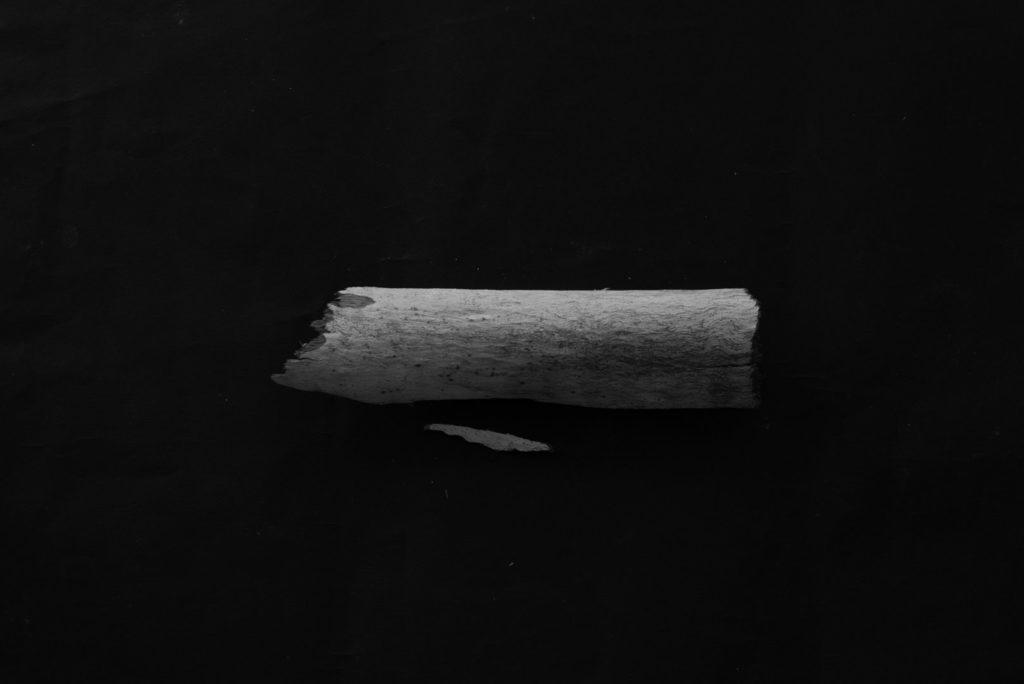Alicia Shahaf | Rib Cage
For the artist book ‘Rib Cage’ press here
For the text in Hebrew press here
On: liminal spaces and things that grow from seeds
In the beginning, there was unquestionable chaos. The covid-19 pandemic is the start of an era in which ‘The Plague’ (Albert Camus, 1947) is no longer read as an allegory. “A pestilence,” Camus wrote, “isn’t a thing made to man’s measure; therefore, we tell ourselves that pestilence is a mere bogy of the mind, a bad dream that will pass away. But it doesn’t always pass away and, from one bad dream to another, it is men who pass away.”
The plague has opened a liminal space for us. The liminal state is a marginal area where normal boundaries of thought and behavior unravel, threshold conditions experienced by human beings at crucial points in their lives. Whether forced, a product of nature/culture, or internal, they are expropriated from the normal rhythm of life. It is no man’s land, which is not where we come from but also not where we are going. And that is where we stand, like a tightrope over an abyss.
Pain is a forest through which she walks. On this journey, Alicia clings to deep roots. In her liminal space, as everything crumbles and falls, the light will save her. The light that is the basis of the photographic action and also of life and its cycles, embedded in the bodies of everything living and growing. Sunlight is responsible for our unattended biological rhythms, allowing creation followed by rest; without which the material body will wilt, and the mind will lose its way. She recalibrates internal mechanisms, with light mediating a reconnection with a cosmic system of order and reason.
There’s a witch that carries the whole world. In an occult ceremony, Shahaf gathers into her web the garden’s inhabitants: wilting or stretching flowers, cracked seeds, perishable branches, scattering leaves. She lays them down and encounters the experience of beauty in all its power and complexity. In its philosophical exile, beauty is not a negligible and beguiling concept but a complex entity inhabiting the groundwater of the human experience. The garden, like the garden of Eden, is a physical space that allows the escape of consciousness. Nothing about it is wild. And yet, it is an area of wilderness, a wilderness of the spirit seeking to pass its incarnations. Nature is a good gripping point for fingertips aching from climbing, a secret agent of healing aches and longings.
Working with creatures of nature recalls the early beginnings of the photographic medium, as presented by Anna Atkins’* botanical photographs in October 1843. However, it is quickly revealed that Shahaf’s plants are not a botanical representation, a specimen for conservation or research, but a different creature; a hybrid she takes into her arms. Under her gaze, the bodies become living flesh. A shrinking, aging, writhing body, seeking to disappear into itself, to close up and never open again, looking to be seen with edges frayed like lace, to be worthy of one’s gaze, disgorging its contents, unfurling with pleasure, ending its life, being reborn.
In this body of work, she assembles a multi-focus, fluid point of view, facing her female and familial legacy. Memories are like dormant viruses in our nervous system. Nesting in the oblivion, waiting patiently for an unsupervised moment to erupt. In the belly of the earth, inside her rib cage, at high temperatures and under great pressures, strong enough to start deflecting atoms out of orbit, diamonds are created. Shahaf mines her diamonds, illuminating them with sunlight and dripping tears.
____________________
* Anna Atkins (March 16, 1799 – June 16, 1871) is considered the first woman to create photography. Initially, she was trained as a British botanist, and she discovered photography as a way to document botanical details for a scientific textbook – “Photographs of British Algae: Cyanotype Impressions.” It is now considered the first book to feature light-sensitive materials in print.
